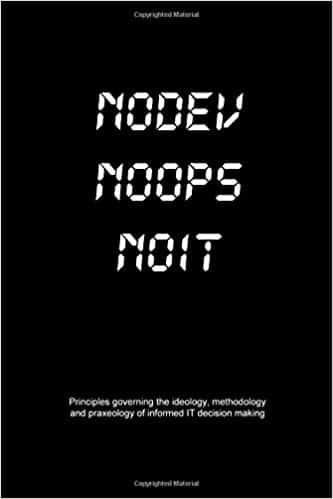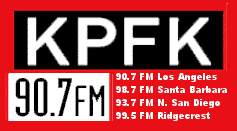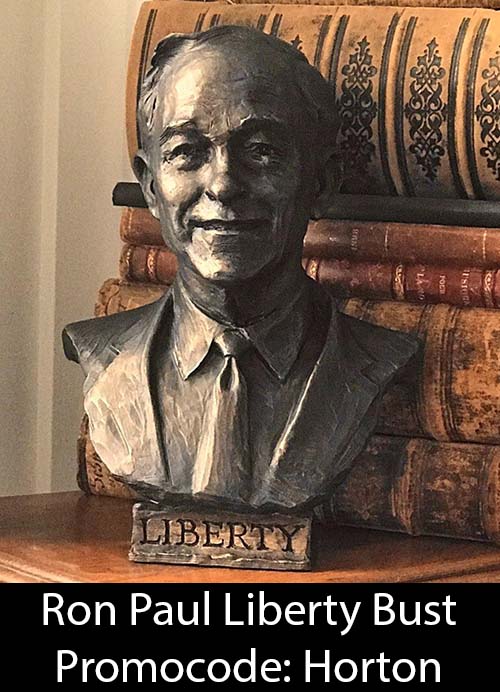by David Binder, The Nation, October 2, 1995
Amid the roar and blinding flashes of NATO’s airstrikes against the Bosnian Serbs, the impetus for the bombing was obscured: the August 28 explosion in a narrow, enclosed market in the center of Sarajevo that killed thirty-seven people.
Within a day of that explosion, investigators for the UN Protection Force under Lieut. Gen. Rupert Smith “concluded beyond all reasonable doubt” that the lethal mortar round had been fired from a Bosnian Serb position in the suburb of Lukavica, 1.5 to 3.5 kilometers southwest of the marketplace. On August 30, NATO’s bombs began to fall.
The crucial UN report on the market massacre is classified secret, but four specialists–a Russian, a Canadian and two Americans–have raised serious doubts about its conclusion, suggesting instead that the mortar was fired not by the Serbs but by Bosnian government forces.
Similar suspicious were raised following the February 5, 1994 mortar shell explosion that killed sixty-eight Sarajevans in the adjacent Markale marketplace. The origins of that shell was never determined officially. The UN’s after-action report in 1994 (also classified) was based on separate examinations of the impact site by eleven artillery specialists over a period of nine days and ran forty-six pages. Gen. Smith’s report was based on three hours of on-the-spot investigation and covered only one page. Yet virtually nobody was questioned how the blame was assigned this time almost immediately to the Bosnian Serbs.
The Russian dissenter is Col. Andrew Demurenko, an artillery officer who commands the small Russian UN peacekeeping force in Sarajevo. On August 29, Demurenko announced that the probability of hitting a street less than thirty feed wide from one or two miles away, “the distance to the nearest Serb artillery positions”, was “one to one million”. Noting that no UN artillery observers heard the distinctive high-pitched whistle of a mortar shell prior to the detonation, he said he believed the fatal round had been “fired from some technical” weaponry other than mortars.
On September 2, Demurenko went on television in Sarajevo, declaring the UN report “a falsification”. With maps and diagrams he pointed out what he called inconsistencies and contradictions, saying “It is absolutely unacceptable for me to consent to the arguments that the shelling came from the Serb side”. Later a senior UN official confided to the Associated Press that the UNPROFOR command was considering disciplinary action against Demurenko.
The Canadian specialist, an officer with extensive service in Bosnia, said in a telephone interview that the UN report, which he’d seen, was “highly suspect”. He cited “anomalies with the fuse” of the mortar shell recovered from the marketplace crater. Unlike the fuses of four other shells that hit Sarajevo that morning, this one, he said, “had not come from a mortar tube at all”. He added that he and fellow Canadian officers in Bosnia were “convinced that the Moslem government dropped both the Feb. 5, 1994, and the August 28, 1995 mortar shells on the Sarajevo markets.”
A US Administration official who may not be identified further says, “It is impossible to see the street level of the marketplace from the distance and location of the Serb gun positions” meaning the Serbs would have been “shooting blind”. Further, such a shot from such a distance would have had a high trajectory, he says; however, since “there was no distinct whistle … a shell could not have fallen from a very great height”. Also, the crater as shown was very shallow, while a high trajectory shell digs deep”. He contends that the available evidence suggests either “the shell was fired at a very low trajectory, which means a range of a few hundred yards–therefore under government control” or “a mortar shell converted into a bomb was dropped from a nearby roof into the crowd.”
A second US dissenter, a military officer, says that at least three of the five mortar founds that hit Sarajevo on August 28 “came from the identical firing position” on the Serb side. “But the fourth was of different origin, the one that killed people in the market.”
The UN command in Sarajevo was offered a point-by-point rebuttal to these arguments. Curiously, it agrees with the dissenters on three basic points: that the fatal shell was fired at a very low trajectory; that it would have been a “one in a million” shot if it had been fired by Serbs; and that it would have been fired blindly. Nevertheless, the UN’s Lieut. Col. Chris Vernon says the UN sticks by the conclusions of its inquiry.
Why would the Bosnian government kill its own people? The fact is that in the week before the marketplace killing, government forces launched heavy artillery attacks on Serb positions around Gorazde and at Vogosca, north of Sarajevo, both times provoking Serb retaliatory fire. On each occasion the Muslim leadership loudly demanded NATO air attacks but General Smith refused to call them in.
Then came Assistant Secretary Richard Holbrooke’s August 27 threats that “in the next week or two, the consequences will be very adverse to the Serbian goals” and a few seconds later his warning of “more active NATO air.”
Clearly the airstrikes had already been planned before Holbrooke set off for the Balkans to push President Clinton’s peace plan. Only a pretext was needed. Indeed, State Department spokesman Nick Burns was talking about Serb responsibility and airstrikes before the UN report even reached New York. The first wave of US planes started bombing targets just thirty-nine hours after the marketplace explosion.
On September 5, a senior UN official with four years of experience in the Yugoslav conflict said of the marketplace killing: “It is not all that material. It’s the three years and four months of Serb shelling of Sarajevo that is material. That’s why the air raids started.”
Once the bombing was under way, Gen Rasim Delic, commander of Bosnian forces in Sarajevo, began picking targets — phoning Adm. W. Owens, vice- chairman of the Joint Chiefs of Staff, daily with his wish list of sites. The Pentagon then passed those on to NATO in Naples. As one US officer put it, “We have become the Muslim Air Force.”















